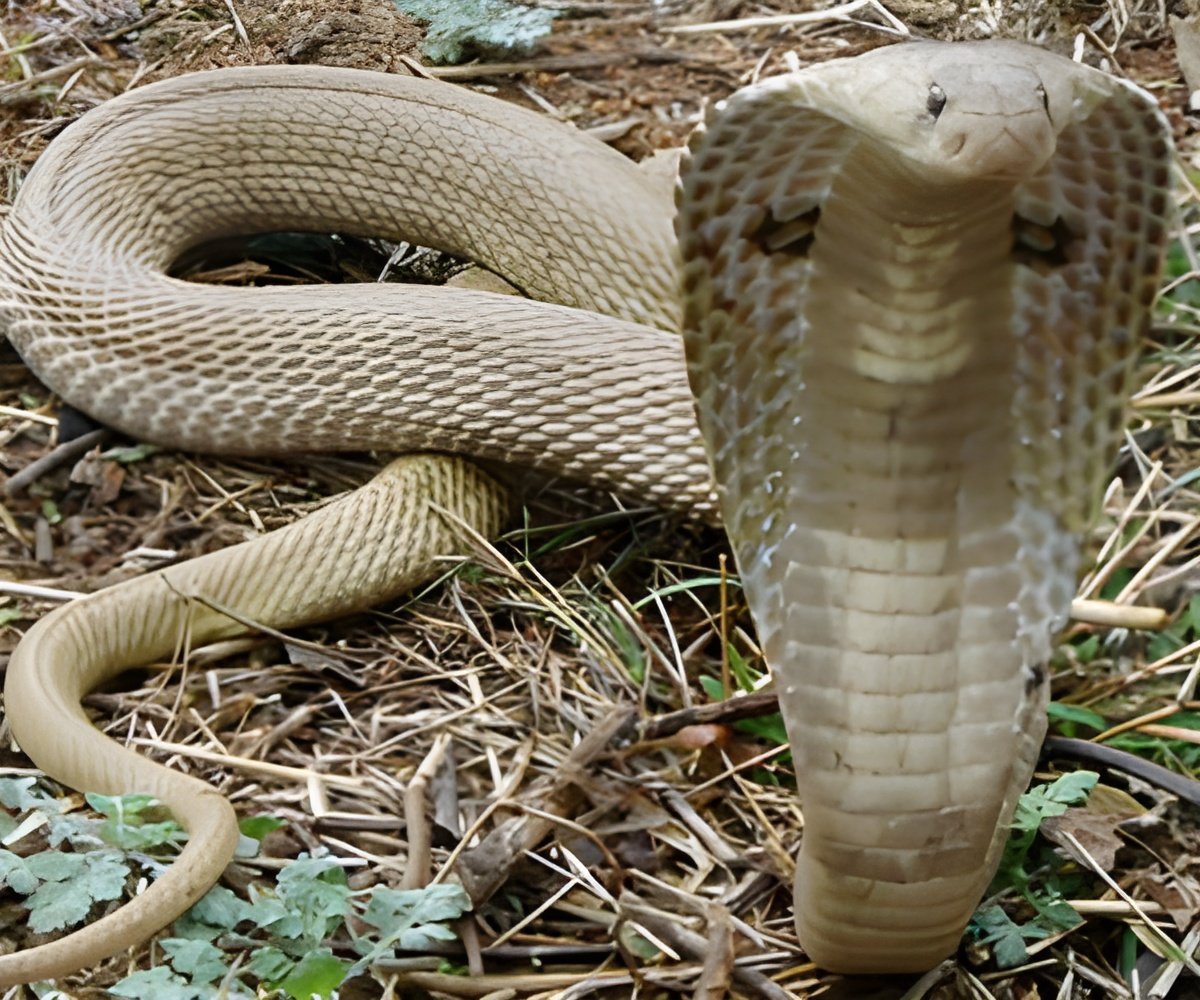Snakes have a unique mechanism that optimizes their vision-they do it by controlling the blood flow in their spectacle, a new study revealed

"Van Doorn, from the School of Optometry and Vision Science, said that each species' perception of the world is unique due to differences in sensory systems," said.
Instead of eyelids, snakes have a clear scale called a spectacle. It works like a window, covering and protecting their eyes.
Spectacles are the result of eyelids that fuse together and become transparent during embryonic development.
When van Doorn was examining a different part of the eye, the illumination from his instrument detected something unusual.
Surprisingly, these spectacles contained a network of blood vessels, much like a blind on a window. To see if this feature obscured the snake's vision, van Doorn examined if the pattern of blood flow changed under different conditions.
But when researchers presented the snake with stimuli it perceived as threatening, the fight-or-flight response changed the spectacle's blood flow pattern. The blood vessel constricted, reducing blood flow for longer periods than at rest, up to several minutes. The absence of blood cells within the vasculature guarantees the best possible visual capacity in times of greatest need.
The study has been published in the Journal of Experimental Biology.
Source-ANI
 MEDINDIA
MEDINDIA



 Email
Email







